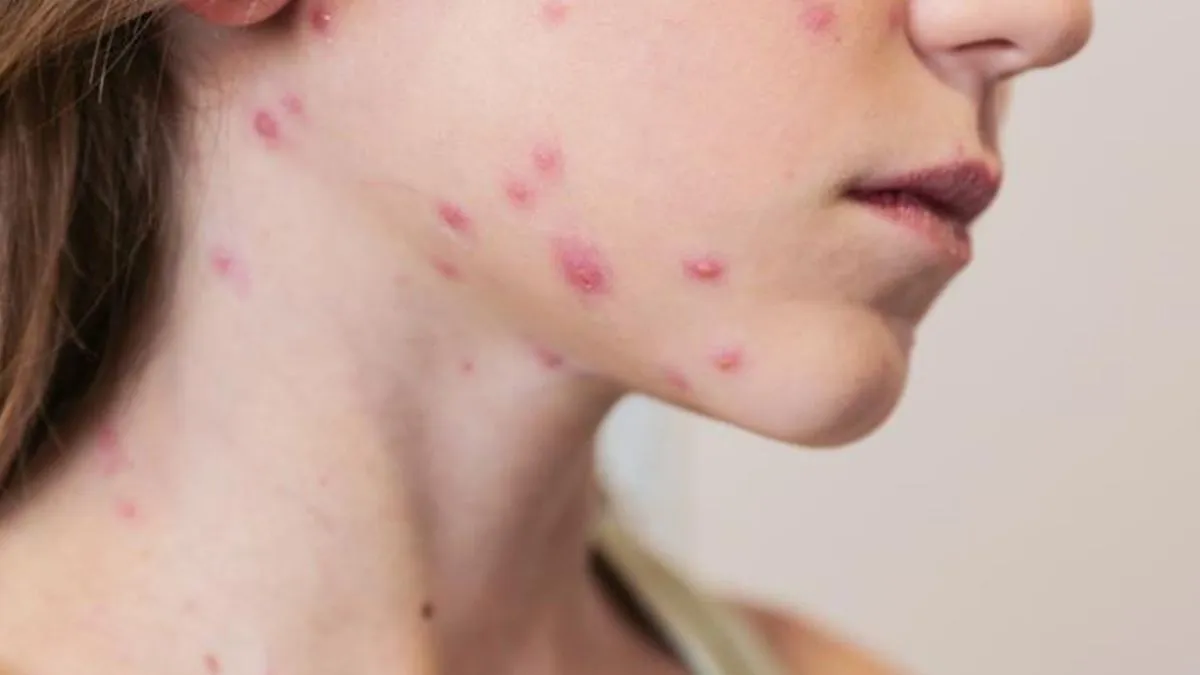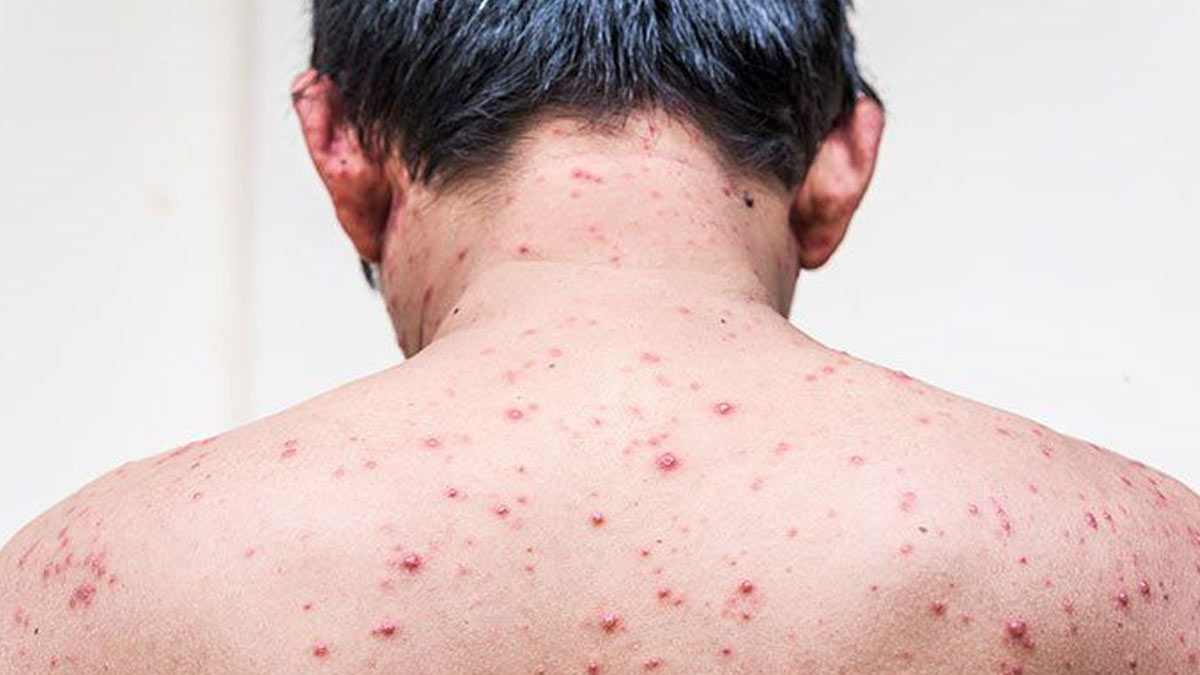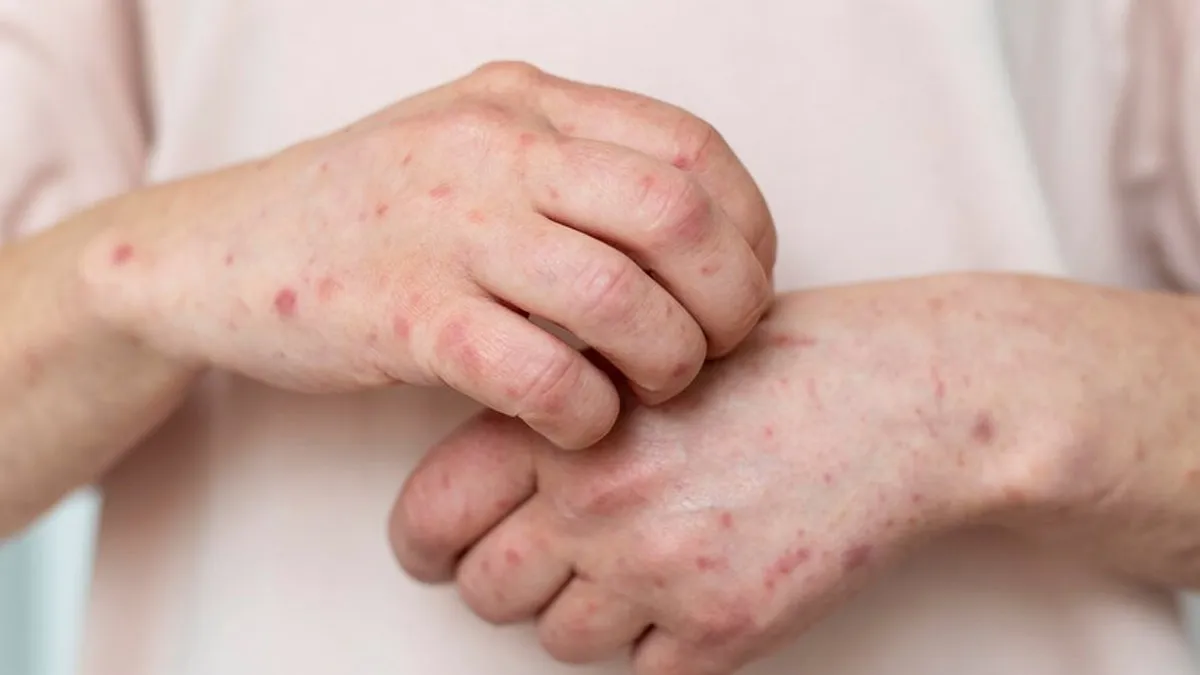
Chickenpox is a common viral infection that most people associate with childhood. Those itchy red spots and days spent away from school. But what many don’t realise is that recovery from chickenpox is a process that happens in clear stages, each with its own signs, symptoms, and care needs.
Table of Content:-
To understand what happens inside the body during chickenpox and how to heal safely, we spoke with Dr Madhumitha R, Senior Consultant, Infectious Diseases and Infection Control, MGM Healthcare, Chennai, who broke down the stages of the illness and shared important recovery advice.
Understanding Chickenpox and How It Spreads![]()
“Chickenpox, or varicella, is caused by the varicella-zoster virus (VZV), the same virus that can later reactivate as shingles,” explains Dr Madhumitha. Interestingly, the name “chickenpox” might come from the French word ‘chiche-pois,’ meaning chickpea, referring to the size of the blisters, or from the Old English word ‘gigan,’ meaning ‘to itch’.
When someone is exposed to VZV for the first time, the virus usually enters through the respiratory tract. From there, it moves into the lymphatic system and spreads to the skin, causing the classic red, itchy rash. “After recovery, the virus doesn’t really leave the body. It hides in the nerves and can sometimes reactivate years later, leading to shingles,” says Dr Madhumitha.
ALSO READ: Eating Chicken During Chickenpox: Safe or Risky? Nutrition Tips for Faster Healing
How Chickenpox Progresses in the Body![]()
Chickenpox is highly contagious and spreads through coughing, sneezing, or direct contact with the fluid from blisters. Symptoms typically begin 10 to 21 days after exposure, with an average incubation of about two weeks.
Dr Madhumitha explains that chickenpox recovery unfolds in stages:
1. Incubation Stage (Days 0–14)
- No visible symptoms yet.
- The virus silently multiplies inside the body.
- The person remains unaware they’re infected.
2. Prodromal Phase (Days 14–16)
- Mild fever, fatigue, headache, and loss of appetite appear.
- Some people may feel slightly unwell before any rash shows up.
3. Rash Phase (Days 16–26)
- “The hallmark rash starts as tiny red spots that quickly turn into fluid-filled blisters before forming scabs,” says Dr Madhumitha.
- Rash usually starts on the chest, back, and face, then spreads.
- New spots may appear for 3–5 days.
- Fever and tiredness are common.
- The blisters dry and scab within 7–10 days.
4. Recovery Phase
- Once all blisters have crusted, the person is no longer contagious.
- Scabs fall off naturally over the next few days.
- Skin may feel dry or mildly itchy.
- Rarely, adults or people with weak immunity may develop complications like pneumonia or encephalitis.
What Can Be Done During Recovery![]()
Dr Madhumitha advises supportive care to reduce discomfort and speed healing.
Medication and Care Tips
- Itching: Apply calamine lotion or take antihistamines if needed but never scratch or burst the blisters.
- Hydration: Drink plenty of fluids to help your body recover.
- Rest: Stay home until all blisters are crusted to prevent spreading the virus.
Antivirals: “For adults, pregnant women, or those with weak immunity, doctors may prescribe any medicine to shorten the illness and reduce complications,” says Dr Madhumitha.
ALSO READ: Why People Do Not Get Chickenpox Twice: Management Tips For First Timers
Natural Comfort Measures at Home![]()
A few simple steps can make recovery easier and more comfortable:
- Take lukewarm baths and pat your skin dry gently.
- Apply aloe vera gel or neem water to calm irritated skin.
- Keep nails short to avoid scratching and scarring.
- Wear loose cotton clothes and stay in a cool room; heat and sweat make itching worse.
- Eat foods rich in vitamin C and zinc, such as oranges, guava, and pumpkin seeds, to boost healing.
- Avoid harsh soaps and sharing towels.
- And most importantly, don’t pick at the scabs; let them fall off naturally.
A study published in PubMed on adult chickenpox patients highlighted complications such as pneumonia and encephalitis occurring more frequently in adults than in children. Early medical intervention and supportive care improved recovery outcomes.
ALSO READ: Is Camphor Safe and Effective for Chickenpox? What You Need to Know
Conclusion
Chickenpox recovery follows a natural progression through well-defined stages, each with its own signs and care needs. Awareness of these stages helps manage discomfort and prevents complications. Following expert advice on symptom relief, hygiene, and nutrition can make the recovery smoother and faster.
Also watch this video
How we keep this article up to date:
We work with experts and keep a close eye on the latest in health and wellness. Whenever there is a new research or helpful information, we update our articles with accurate and useful advice.
Current Version
Nov 15, 2025 02:22 IST
Published By : Chanchal Sengar



